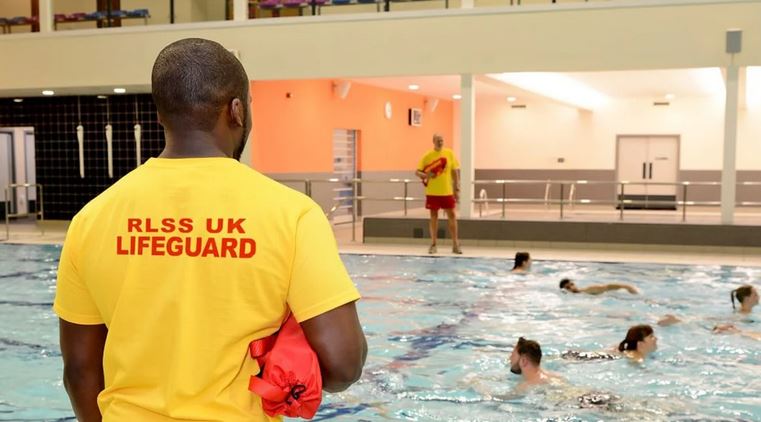Published 11 September 2023
New research coming from RLSS-UK aligns with Royal Life Saving – Australia’s position on Lifeguard supervision.
Royal Life Saving - Australia (RLSSA) welcomes the research just released from RLSS-UK which aligns with advice contained in various RLSSA training publications, Lifeguarding Manual (6th Edition) and Lifeguard Advanced Supervision Skills (In-service eLearning module) and the Guidelines for Safe Pool Operations (GSPO), managed by RLSSA on behalf of the National Aquatic Industry Committee.
Shaun Jackson, National Manager – Training and Workforce Development at Royal Life Saving – Australia, commented,
‘With a very busy summer just around the corner for aquatic facilities here in Australia, the research coming out of RLSS-UK was indeed interesting. It is great to see a growing body of research work into Lifeguard supervision and scanning skills. For quite a while Lifeguard research and training has tended to focus on rescue and response, which is of course critical, but any Lifeguard and Duty Manager will tell you that the majority of their work goes into preventing incidents in the first place.
Along with public education, effective supervision and scanning skills - supported by a comprehensive supervision planning system - are the first critical steps in keeping patrons safe at our aquatic facilities. We commend the work of RLSS-UK and University of Chichester and will consider the findings as we prepare to launch our updated Lifeguard training courses for the pending summer.’
The article focuses on Lifeguard scanning techniques and supervision planning, particularly around rotations and breaks. The findings reinforce some of the most important advice on best practice strategies here in Australia. This includes:
- Lifeguard supervision planning, incorporating Lifeguard deployment and scanning strategies, should be tailored to the aquatic facility and based on the risk assessment of that facility.
- Lifeguards should develop and chiefly utilise scanning patterns that are most comfortable for them and most relevant to the aquatic facility and the conditions of the day.
- Lifeguards should vary scanning strategies every 5 minutes (position, posture, patterns, patron information processing)
- Lifeguard fatigue and declining vigilance pose real risks and the supervision planning process needs to consider how best to combat these naturally occurring phenomenon in human performance
- Lifeguards should rotate positions at regular intervals, ideally every 20 minutes, buy can range from every 5 to 30 minutes depending on circumstances
- Lifeguards should rotate from the least demanding post to the most demanding post. Where possible, this should mean Lifeguards coming off a break should rotate to the most demanding post
- Rotation schedules would ideally mean that a Lifeguared is on a break every 90 minutes.
With summer just around the corner Royal Life Saving – Australia estimates that approximately 5000 additional Lifeguard and Swim Teacher roles will become available across the 1300 public pools throughout Australia. We encourage anyone looking to re-enter the workforce, considering a summer job, looking for extra part-time work, or considering a change in career to look at the opportunities the aquatic industry can offer and enrol in a Pool Lifeguard, Swim Teacher or related course with Royal Life Saving. Your local aquatic facility is a great place to work, you can form amazing friendships, connect and give back to your local community, and your qualification will be recognised all over Australia and internationally.

